1. PULLING YOUR OWN
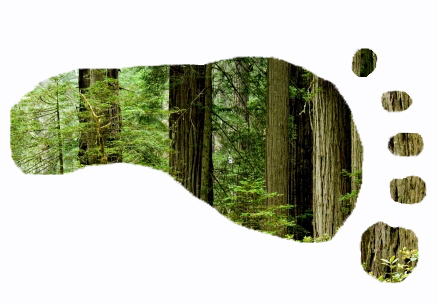
The average American adds how much carbon dioxide to the atmosphere per year?


The average American adds how much carbon dioxide to the atmosphere per year?
.png?disposition=inline)
The graph to the left, called the Keeling curve, maps the overall rise in atmospheric carbon dioxide since 1958. But why does it have a zig-zag shape, showing cyclical rises and falls in carbon dioxide levels?
.png?disposition=inline)
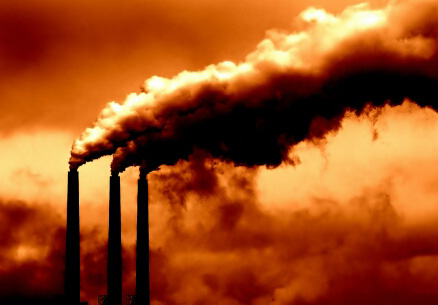
In the 10,000 years before the Industrial Revolution in 1751, carbon dioxide levels rose less than 6 percent. Since then, they've risen by:
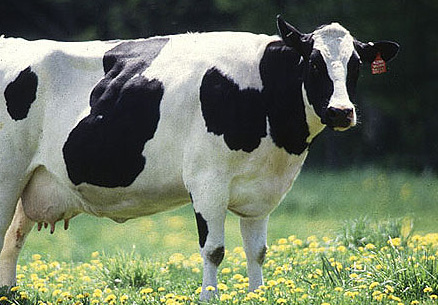
Burning fossil fuels is the major source of human-produced carbon dioxide. But what is the second leading source?

What is the main control knob governing Earth's temperature?

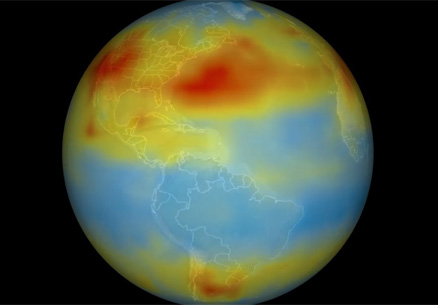
We produce more than 36 billion tons of carbon dioxide per year. Where does the majority of it end up?
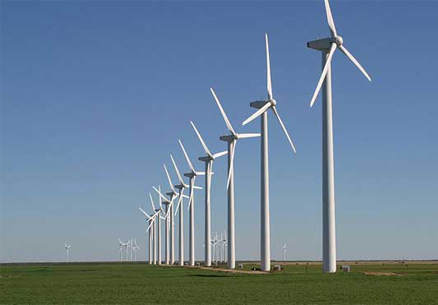
Which of the following would have the biggest impact on reducing carbon emissions?

Which planets have carbon dioxide in their atmosphere?

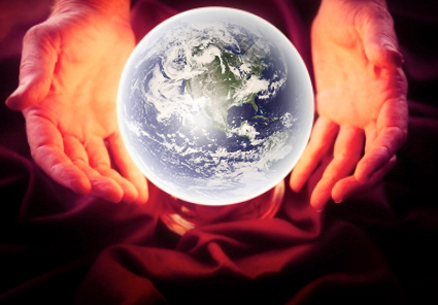
If humans stopped emitting carbon dioxide tomorrow, what would happen to global temperatures?
